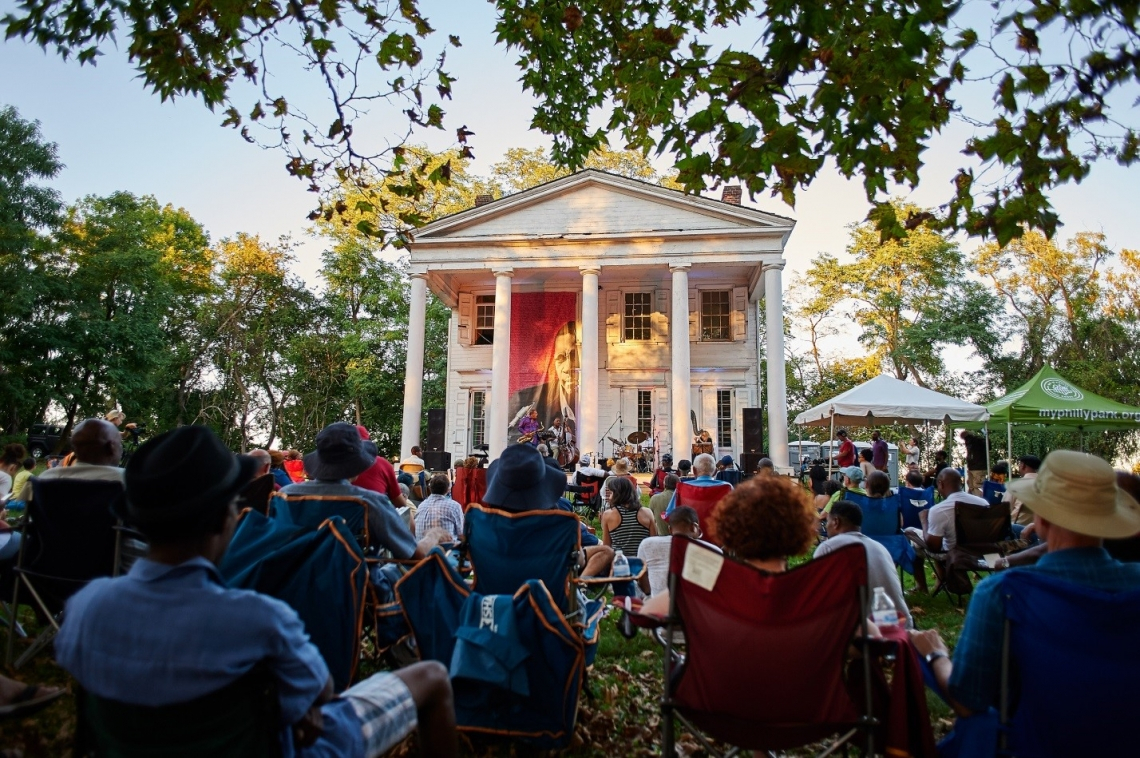
We recently had a chance to sit down with Lyz Crane, our Deputy Director, to talk big picture about the work she’s been doing on the Community Development Investments. It’s always a treat to grab a beer with a colleague and indulge in the kind of far-ranging conversation that staff meetings and formal agendas don’t allow, and Lyz never disappoints.
Lyz, Jeremy Nowak, and Willy Wong spent six weeks on the road conducting site visits for the CDI program. They had a chance to experience 21 communities across nine states and to look under the hood of each place-based organization, from community development and economic development corporations to park conservancies, healthcare initiatives, and even a sheriffs’ activities league. We asked Lyz to reflect a bit on the macro trends she observed, and one of the first things she mentioned surprised us.
The conversation began with the subject of change. No community is static, and every place-based organization has to respond to all of the economic, physical, and cultural shifts that happen over time as the result of both local and global pressures. Changes to a community’s business, real estate, or human landscape are often challenging for leaders and residents alike. Lyz observed that a frequent topic of discussion among the three site visitors was how “we largely lack the frameworks and language to understand and communicate around community change in all of its complexity.”
Every place has a different set of forces at play. When discussing change in communities, “placeholder terms and concepts like gentrification, displacement, or blight are typically used to describe what people see as happening,” Lyz continued. These placeholder terms are inherently polarizing, and in most cases they’re layered on to conditions that are the result of a diverse set of market factors, individual choices, and political landscapes.
“When the narratives we have to describe change don’t match these unique mixes of forces as they are actually happening, it can be very difficult to create meaningful strategies for change and can foment a sense of helplessness or frustration in the people affected,” said Lyz.
One thing that the arts sector is particularly good at is uncovering multiple conflicting truths and simplifying complex narratives into a digestible format. When places change, many people have strong emotional connections to what is happening, in addition to the real-life implications of these forces at play. Given this, there is an exciting opportunity to investigate over the coming years how the arts can help bring these communities together, push conversations beyond placeholder language, and get a broader range of perspectives driving toward healthier communities.
Stay tuned for more from Lyz, Jeremy, and Willy on other observations. And please comment if there are things you’ve noticed that help to promote more effective conversations around change in your community.





